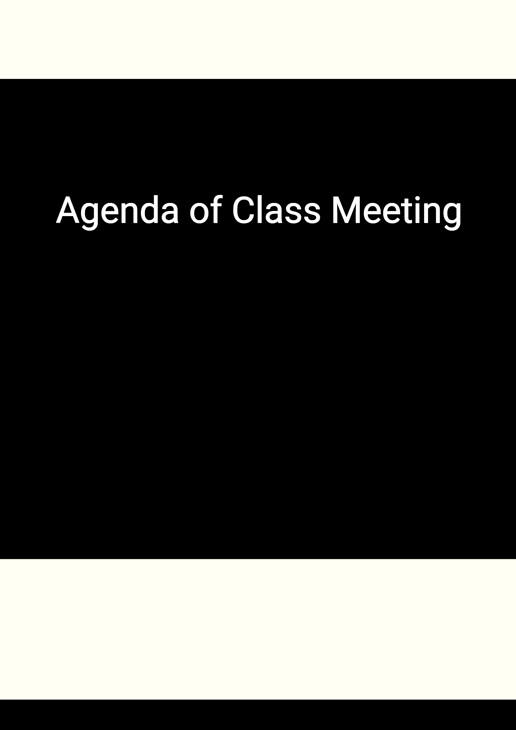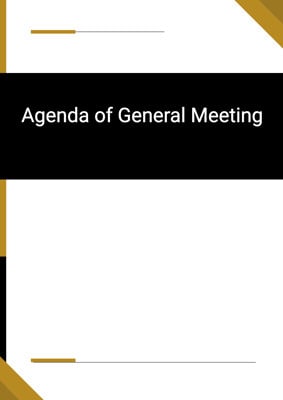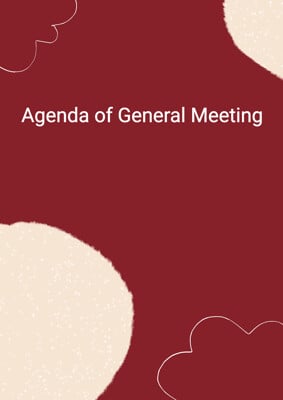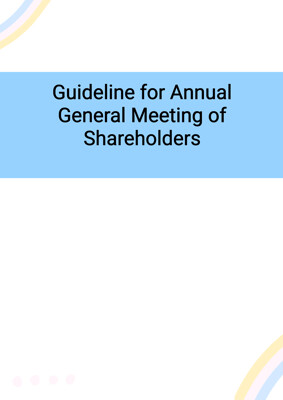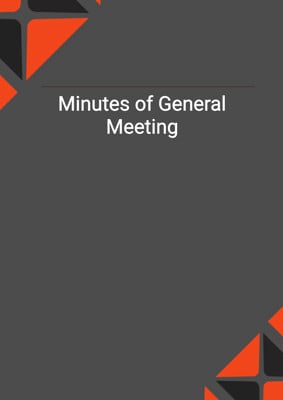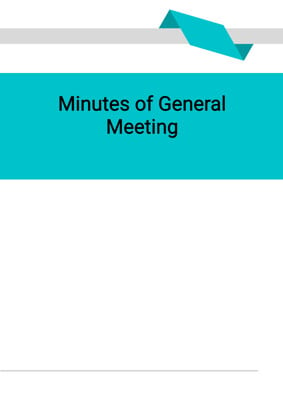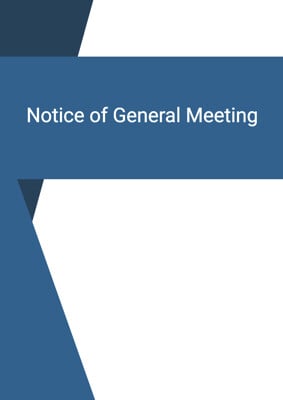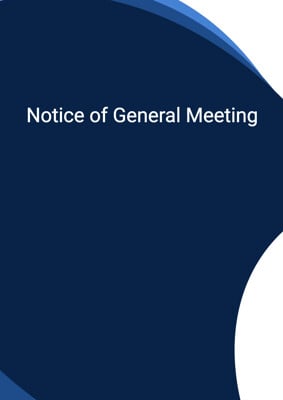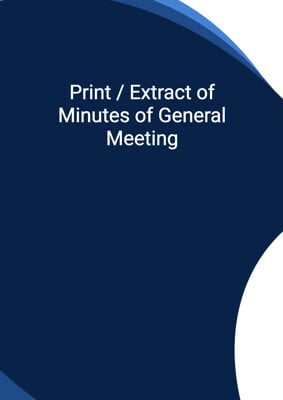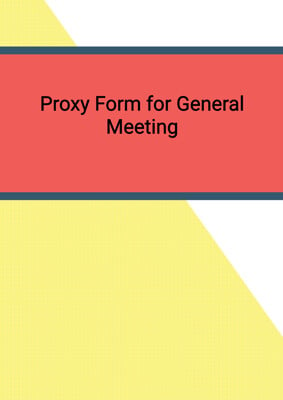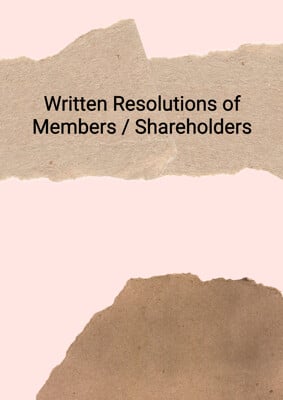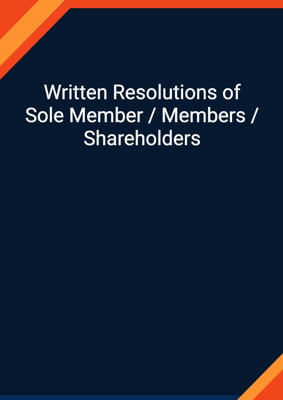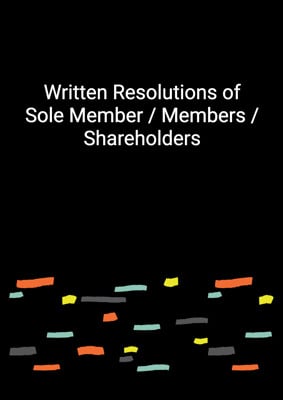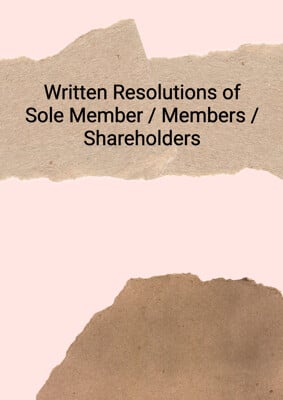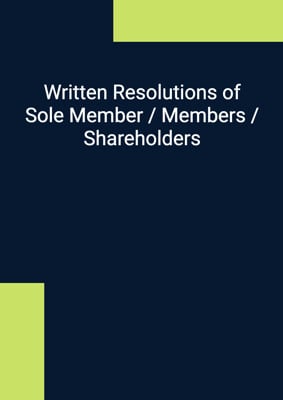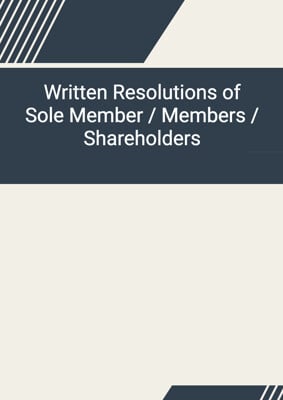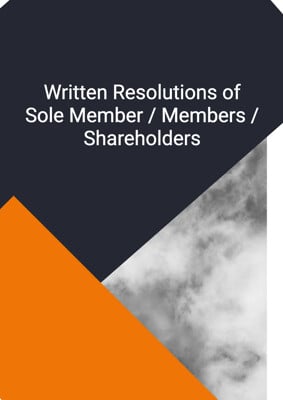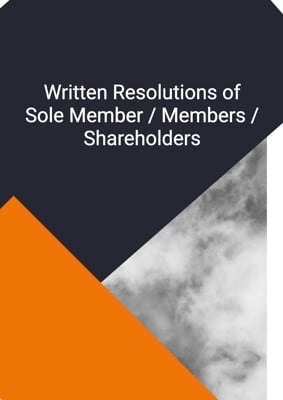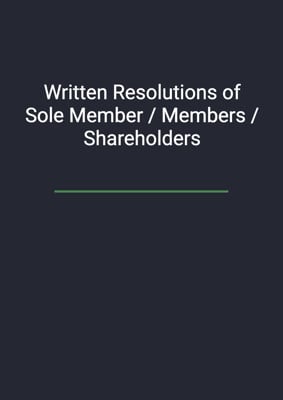How to Tailor the Document for Your Need?
01
Create Document
Click "Create Document" button and the document will be prepared with your account details automatically filled in.
02
Fill Information
Please fill in any additional information by following the step-by-step guide on the left hand side of the preview document and click the "Next" button.
03
Get Document
When you are done, click the "Get Document" button and you can download the document in Word or PDF format.
04
Review Document
Please review the document carefully and make any final modifications to ensure that the details are correct before publication / distribution.
Document Preview
Document Description
The document titled 'Agenda of Class Meeting' is an important document that outlines the agenda and proceedings of a class meeting of holders of preference shares in a company. The purpose of this document is to provide a detailed plan for the meeting, ensuring that all necessary topics are discussed and decisions are made in an organized and efficient manner.
The entire document is divided into several sections, each serving a specific purpose. The first section is the 'Call to Order', which is chaired by the designated chairperson. This section sets the tone for the meeting and establishes the time frame within which the meeting will be conducted.
The second section is 'Establish Quorum', which ensures that the required number of shareholders are present to make the meeting valid. This is an important step to ensure that decisions made during the meeting are legally binding.
The third section is 'Chairperson's Remark', where the chairperson addresses the attendees and provides any necessary updates or remarks before proceeding with the agenda.
The fourth section is 'Approval of Agenda', where the agenda for the meeting is reviewed, corrected if necessary, and approved by the attendees. This step ensures that all topics of discussion are included and that the meeting stays on track.
The fifth section is 'Discussion of Motions Proposed', where various motions related to the preference shares are discussed. These motions may include amendment of terms, variation of rights, purchase/conversion of shares, and default in payment of dividends. Each motion is thoroughly examined and debated upon.
If there are any ordinary resolutions, they are reviewed in the sixth section. The purpose of this section is to consider and pass ordinary resolutions that are relevant to the preference shares.
If there are any special resolutions, they are reviewed in the seventh section. Special resolutions are more significant and require a higher majority to be passed. This section ensures that all special resolutions are considered and, if deemed appropriate, passed.
The final section is 'Adjournment', where the meeting is officially concluded. This section provides an opportunity for any final remarks or announcements before the attendees disperse.
In summary, the 'Agenda of Class Meeting' document is a comprehensive guide that outlines the entire process of a class meeting for holders of preference shares. It ensures that all necessary topics are discussed, decisions are made, and the meeting is conducted in an organized and efficient manner.
How to use this document?
1. Call to Order: The designated chairperson should initiate the meeting within the specified time frame.
2. Establish Quorum: Ensure that the required number of shareholders are present to make the meeting valid.
3. Chairperson's Remark: The chairperson should provide any necessary updates or remarks before proceeding with the agenda.
4. Approval of Agenda: Review the agenda, make any necessary corrections, add items if needed, and then approve it.
5. Discussion of Motions Proposed: Thoroughly discuss and debate each motion related to the preference shares, including amendment of terms, variation of rights, purchase/conversion of shares, and default in payment of dividends.
6. Review Ordinary Resolutions: If applicable, consider and pass any ordinary resolutions relevant to the preference shares.
7. Review Special Resolutions: If applicable, consider and pass any special resolutions that require a higher majority to be passed.
8. Adjournment: Conclude the meeting, allowing for any final remarks or announcements before attendees disperse.
Note: It is important to focus on the real practice and implications of the document, rather than just completing the agenda. Ensure that all attendees actively participate in the discussions and decision-making process.
Not the right document?
Don’t worry, we have thousands of documents for you to choose from:
